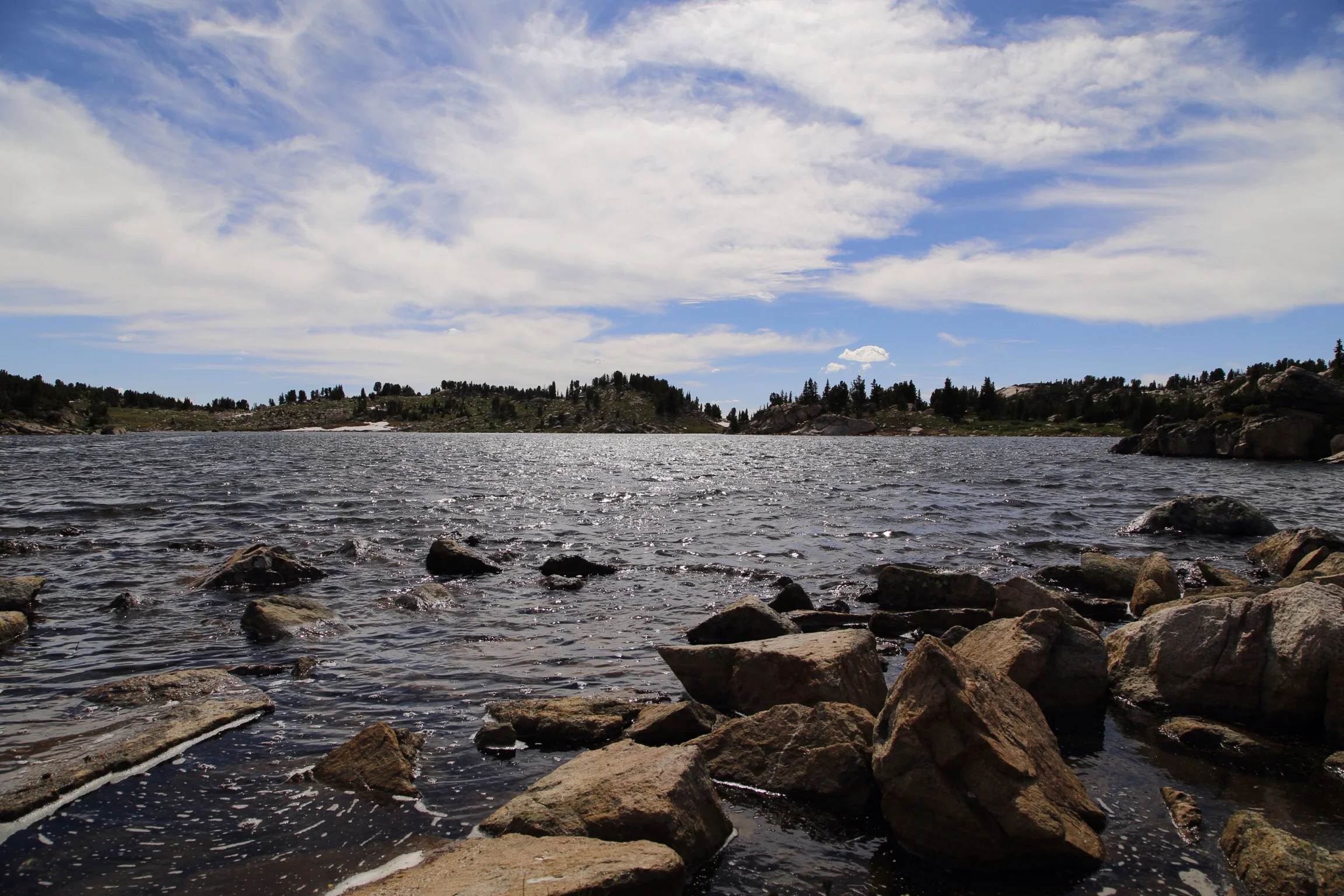keenan Brame
Transportation, sediment-association, and the future of microbial contaminants on the little bighorn river
The Little Bighorn River, located on the Crow Reservation in southern Montana, hold a significant cultural importance to the community. The river is used for recreation, irrigation, municipal, and raw consumption in traditional ceremonies. Prior research has shown evidence of microbial contamination in the river.
Keenan Brame, a graduate student at Montana State University, is quantifying indicator organisms (coliform, Escherichia coli) spatially at critical spots along the river and temporally at different climate and river conditions.
Keenan is interested in microbial partitioning between suspended sediment and free-living forms in the water, as microbial association with sediment is hypothesized to increase cellular viability in freshwater systems. Understanding how fecal indicator organism numbers fluctuate over the course of a year and among sites will provide information to the local community on when recreation and raw water use might lead to an increase in potential health risks and provide insight on the future of microbial water quality in the Little Bighorn River.

